Hello everyone and welcome back to my blog.
Today I take you with me to discover the beautiful House of Butterflies, in the province of Udine (in the Friuli-Venezia Giulia region, Italy), which I had the pleasure of visiting last week.
It is a truly magical place, it is the largest exhibition of live butterflies and insects in Italy, with 1,000 square meters of greenhouses. The building also hosts temporary exhibitions and organizes workshops for children.
The idea with which the Butterfly House was born is truly original: more than 400 species of butterflies from all over the world are housed in the greenhouses, which are specially designed to reproduce natural habitats with exotic plants and animals.
The three greenhouses represent tropical Africa, rainforests and the Amazon. When you enter, you immediately feel invaded by a unique atmosphere of its kind!
Hosted butterflies are bred in tropical countries and sent as pupae all over the world. Farms (the Butterfly Houses) represent an alternative economy to that of livestock or crops that involve the destruction of the forest.
The trip to the Butterfly House allowed me to discover a lot about the world of Lepidoptera, which I honestly didn't know much about.
I have always been fascinated by biology and by the way in which, over time, the different animal species have been able to evolve original mechanisms to live in the most unthinkable habitats.
The class of insects, to which Lepidoptera (butterflies) also belong, is divided into several groups called orders. Lepidoptera are among the most evolved and widespread, together with:
- Diptera, consisting of flies and mosquitoes;
- Coleoptera, namely beetles and ladybirds;
- Hymenoptera, which include bees, ants and wasps.
The caterpillar is the larva of butterflies. The most interesting thing is that its life, and consequently its shape and color, are totally different from those of the adult who will be!
The caterpillar is born on the plant which it will feed on throughout its larval stage. To experience this monotonous phase of his existence, he does not need eyes or developed antennae, consequently its senses are underdeveloped. In the caterpillars, the head is made up of a large cephalic capsule almost entirely occupied by powerful muscles which serve to move the robust mandibles.
The only function of the caterpillar is to eat and grow. Its body is a kind of tube that enters and transforms food. It has neither wings nor reproductive organs and its coloring has only a defensive purpose!
The thorax is hardly distinguishable from the abdomen and is represented by the first 3 segments that carry 3 pairs of articulated legs. There are also 5 pairs of appendages in the abdomen, called pseudo-legs, but they are not articulated and disappear in the adult.
In insects, oxygen is absorbed directly from the air and is not distributed by the blood. Air enters the body through a system of tubes, the tracheas, which open on the sides of almost every segment with orifices called stigmas.
Man's action and his anthropocentrism also affect the wonderful world of butterflies. In the last 500 years it is estimated that 800 species have become extinct due to human activities.
The rarest butterflies known to us are called Glory of India and Glory of Bhutan. These are very rare specimens, relegated to mountain environments in tropical Asia. They are species protected by international regulations to limit their collection for collecting purposes.
Many butterflies are poisonous. They contain toxic or deterrent substances, obtained in most cases from the plants that the caterpillars feed on.
Diurnal species often flaunt red and yellow colors in order to be recognized and avoided by predators, with a phenomenon called aposematism.
Some moths are able to communicate their toxicity to bats by producing ultrasounds.
The chrysalises, on the other hand, lie motionless attached to the host plant with silk threads. The chrysalis of diurnal butterflies often have camouflage colors in order not to be detected by predators. The nocturnal ones, on the other hand, are often protected by a lump of silk or are found in the ground, under a few centimeters of earth.
Moreover, some butterflies have in particular two or more circular signs, which resemble real eyes, which manage to intimidate predators, and this happens by virtue of the fact that such drawings would mimic the eyes of the enemies of the predators.
The colors of butterflies can be of different nature. In many cases, they are due to particular substances that absorb only some components of the light that illuminates them. They are called pigments and the resulting colors are called chemical.
Other colors, however, are due to iridescent scales. Their surface does not absorb light but transforms it, giving a brighter effect than the pigments. A peculiarity of physical colors is that they change shades if the observation point is changed and for this reason they are also defined as iridescent.
In the greenhouses I also had the opportunity to meet animals that I would never expected...
In the last part of my visit to the Butterfly House, I came across a beautiful exhibition of perfectly themed handcrafted jewelry.
The thing I liked the most about this structure is the chance to see live butterflies. It is a unique experience to see them fly among the trees, chase each other and lean on a fruit to eat. I hope you enjoyed this full immersion in the world of butterflies and I hope I have introduced you to a little more about these fabulous insects! Thanks for reading.
See you next time,
Delilha
ITA
Buongiorno a tutti e bentornati sul mio Blog.
Oggi vi porto con me a scoprire la bellissima Casa delle Farfalle, in provincia di Udine (nella regione Friuli-Venezia Giulia), che ho avuto il piacere di visitare la scorsa settimana.
È un luogo davvero magico, si tratta della più ampia esposizione di farfalle e insetti vivi in Italia, con 1.000 metri quadrati di serre. L’edificio ospita anche delle mostre temporanee e organizza dei laboratori per i più piccoli.
L’idea con cui è nata la Casa della Farfalle è davvero originale: più di 400 specie di farfalle provenienti da ogni angolo del mondo sono ospitate nelle serre, le quali sono progettate appositamente per riprodurre gli habitat naturali con piante e animali esotici.
Le tre serre sono a tema: Africa tropicale, foreste pluviali e Amazzonia. Quando si entra ci si sente subito invasi da un’atmosfera unica nel suo genere!
Le farfalle ospitate vengono allevate nei paesi tropicali e inviate come crisalidi in tutto il mondo. Gli allevamenti (le Case delle Farfalle) rappresentano un’economia alternativa a quello del bestiame o alle coltivazioni che implicano la distruzione della foresta.
La gita alla Casa delle Farfalle mi ha permesso di scoprire molto sul mondo dei Lepidotteri, di cui onestamente non sapevo molto.
Sono sempre stata affascinata dalla biologia e dal modo in cui, nel tempo, le diverse specie animali hanno saputo evolvere meccanismi a dir poco originali per vivere negli habitat più impensabili.
La classe degli insetti, a cui appartengono anche i Lepidotteri (farfalle), è suddivisa in diversi gruppi chiamati ordini. I Lepidotteri sono tra i più evoluti e diffusi, insieme a:
- Ditteri, costituiti da mosche e zanzare;
- Coleotteri, ovvero scarabei e coccinelle;
- Imenotteri, che comprendono api, formiche e vespe.
Il bruco è la larva delle farfalle. La cosa più interessante è che la sua vita, e di conseguenza la sua forma e colorazione, sono totalmente diverse da quelle dell’adulto che sarà!
Il bruco nasce sulla pianta di cui si nutrirà durante tutta la sua fase larvale. Per vivere questa fase monotona della sua esistenza, non gli servono né occhi, né antenne sviluppate, di conseguenza i suoi sensi sono poco sviluppati. Nei bruchi il capo è costituito da una grande capsula cefalica quasi interamente occupata da potenti muscoli che servono a muovere le robuste mandibole.
L’unica funzione del bruco è mangiare e crescere. Il suo corpo è una sorta di tubo che incamera e trasforma il cibo. Non possiede né ali né organi riproduttivi e la sua colorazione ha solamente uno scopo difensivo!
Il torace è poco distinguibile dall’addome ed è rappresentato dai primi 3 segmenti che portano 3 paia di zampe articolate. Anche nell’addome vi sono 5 paia di appendici, dette pseudozampe, però non sono articolate e scompaiono nell’adulto.
Negli insetti, l’ossigeno viene assorbito direttamente dall’aria e non viene distribuito dal sangue. L’aria entra nell’organismo attraverso un sistema di tubi, le trachee, che si aprono ai lati di quasi ogni segmento con degli orifizi detti stigmi.
L’azione dell’uomo e il suo antropocentrismo si ripercuotono anche sul meraviglioso mondo delle farfalle. Negli ultimi 500 anni si stima che siano 800 le specie estinte a causa delle attività dell’uomo.
Le farfalle più rare a noi conosciute sono chiamate Gloria dell’India e Gloria del Bhutan. Si tratta di esemplari molto rari, relegati in ambienti montani dell’Asia tropicale. Sono specie protette da normative internazionali per limitarne la raccolta a fini collezionistici.
Molte farfalle sono velenose. Esse contengono sostanze tossiche o deterrenti, ricavate nella maggior parte dei casi dalle piante di cui si nutrono i bruchi.
Le specie diurne spesso ostentano colorazioni rosse e gialle per farsi riconoscere ed essere evitate dai predatori, con un fenomeno chiamato aposematismo.
Alcune farfalle notturne sono in grado di comunicare la loro tossicità ai pipistrelli producendo ultrasuoni.
Le crisalidi, invece, giacciono immobili attaccate alla pianta nutrice con fili di seta. Le crisalidi delle farfalle diurne hanno spesso colori mimetici per non farsi individuare dai predatori. Quelle notturne, invece, sono spesso protette da un bozzo di seta oppure si trovano nel suolo, sotto qualche centimetro di terra.
Inoltre, alcune farfalle possiedono in particolare due o più segni circolari, che assomigliano a dei veri e propri occhi, che riescono a intimidire i predatori, e questo accade in virtù del fatto che tali disegni mimerebbero gli occhi dei nemici dei predatori.
I colori delle farfalle possono essere di diversa natura. In molti casi, essi sono dovuti a particolari sostanze che assorbono solo alcune componenti della luce che le illumina. Sono chiamate pigmenti e i colori che ne risultano sono detti chimici.
Altri colori, invece, sono dovuti a scaglie iridescenti. La loro superficie non assorbe la luce ma la trasforma, dando un effetto più luminoso dei pigmenti. Una particolarità dei colori fisici è che cambiano tonalità se si cambia il punto di osservazione e per questo motivo vengono definiti anche cangianti.
Nelle serre ho avuto modo di incontrare anche degli esemplari che non mi sarei mai aspettata…
Nell’ultima parte della mia visita alla Casa delle Farfalle mi sono imbattuta in una bellissima mostra di gioielli artigianali perfettamente a tema.
La cosa che ho apprezzato di più di questa struttura è la possibilità di vedere le farfalle dal vivo. E' un'esperienza unica vederle volare tra gli alberi, rincorrersi tra loro e appoggiarsi su un frutto a mangiare.
Spero che vi sia piaciuta questa full-immersion nel mondo delle farfalle e spero di avervi fatto conoscere qualcosa di più su questi insetti favolosi! Grazie per aver letto.
Alla prossima,
Delilha
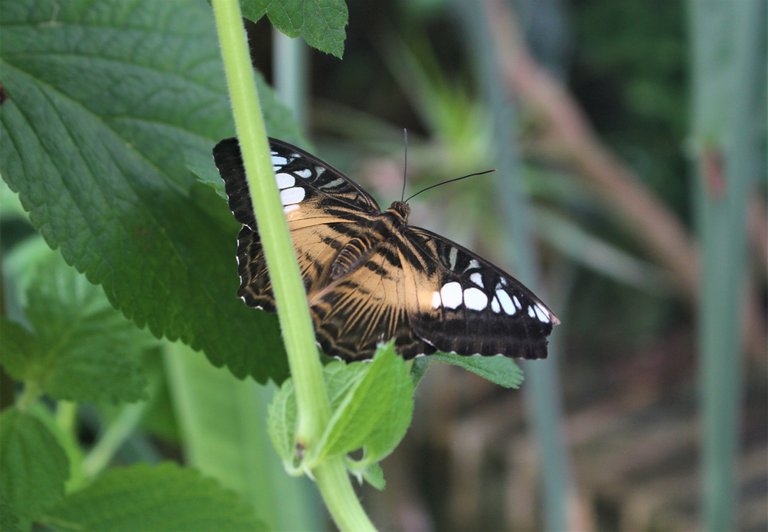

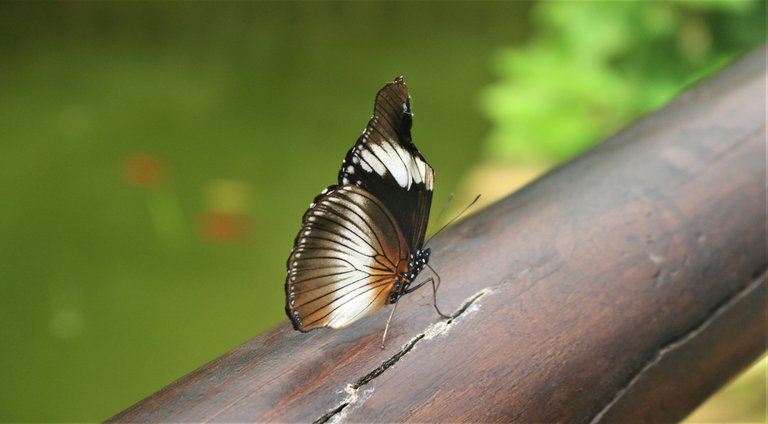
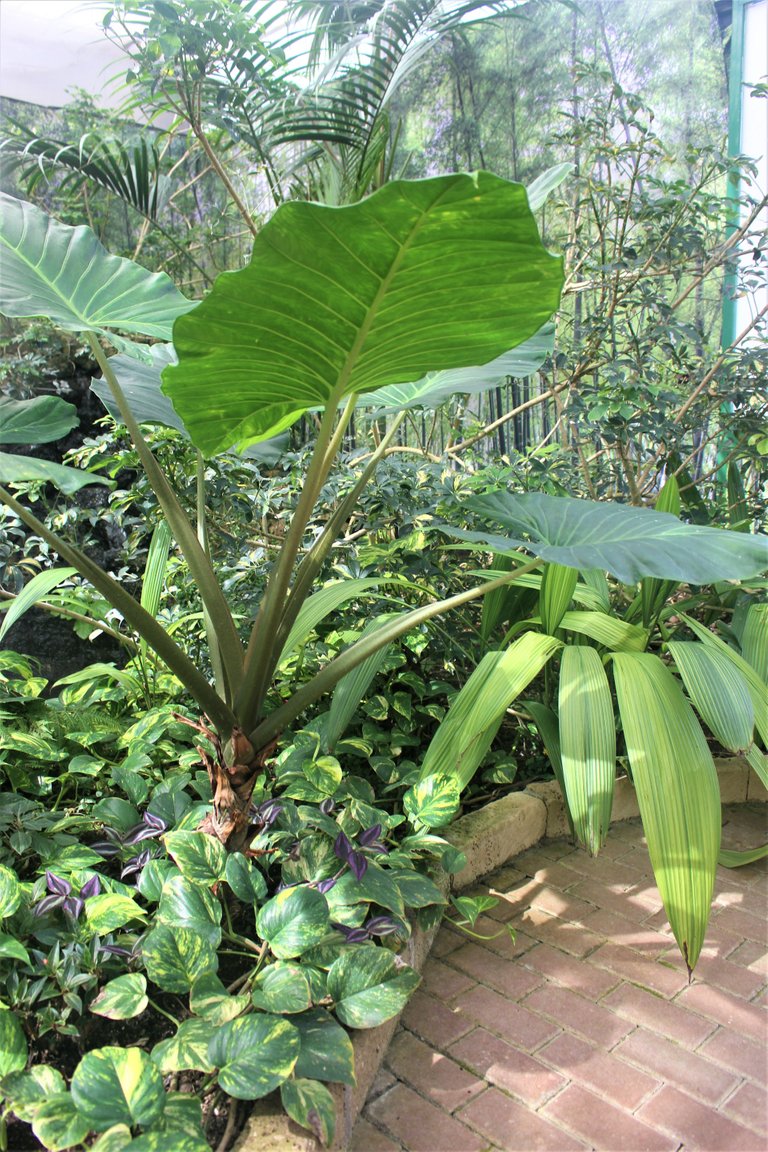
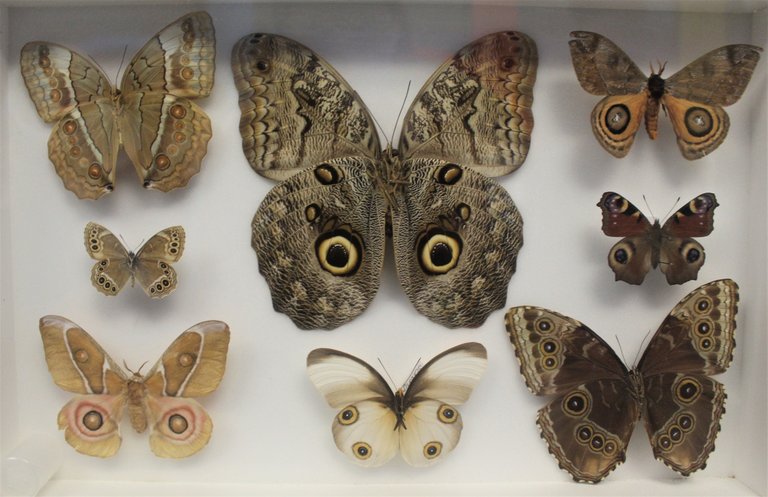
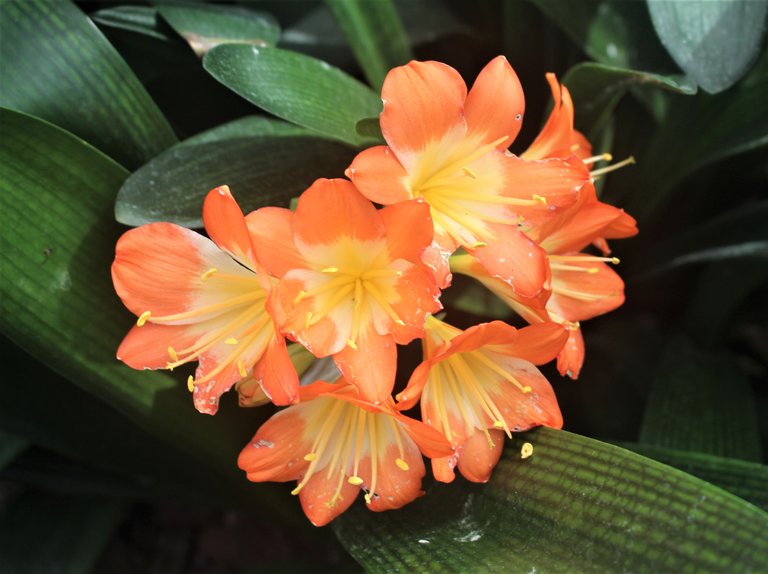

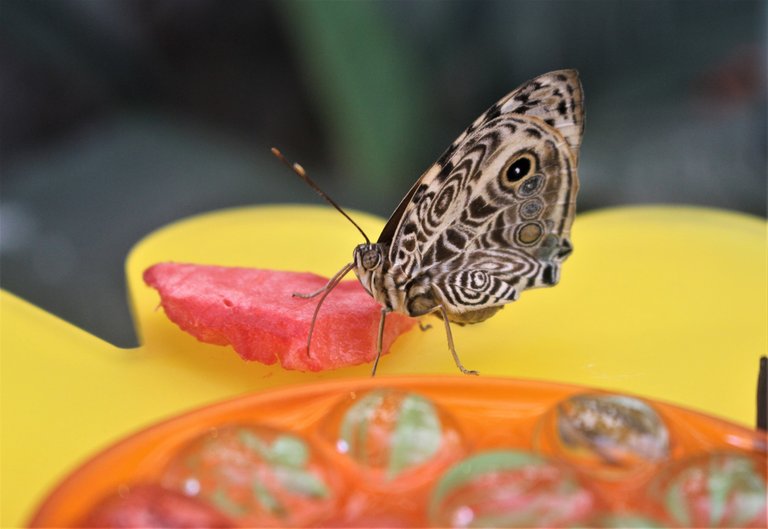
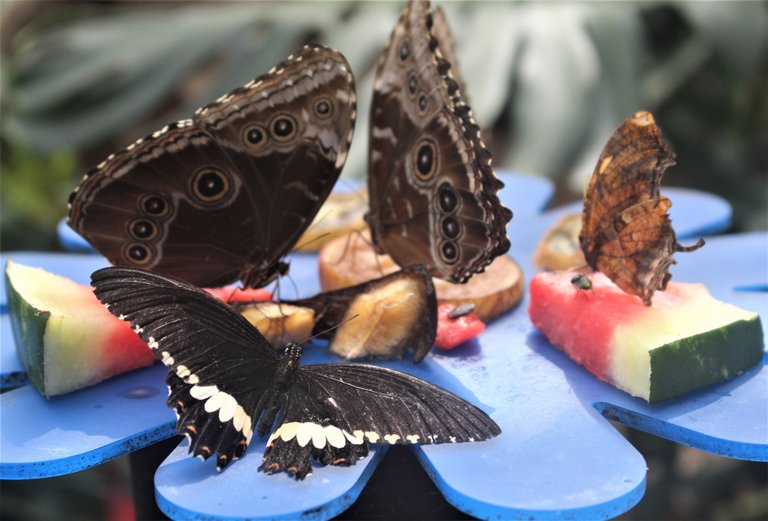
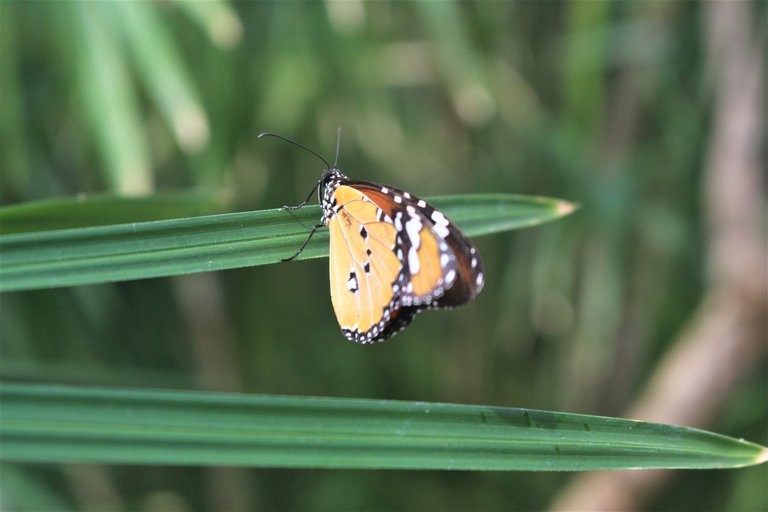
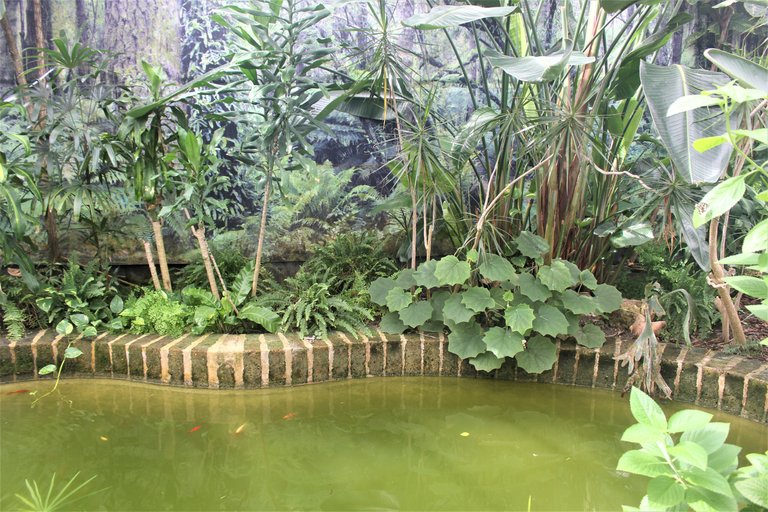
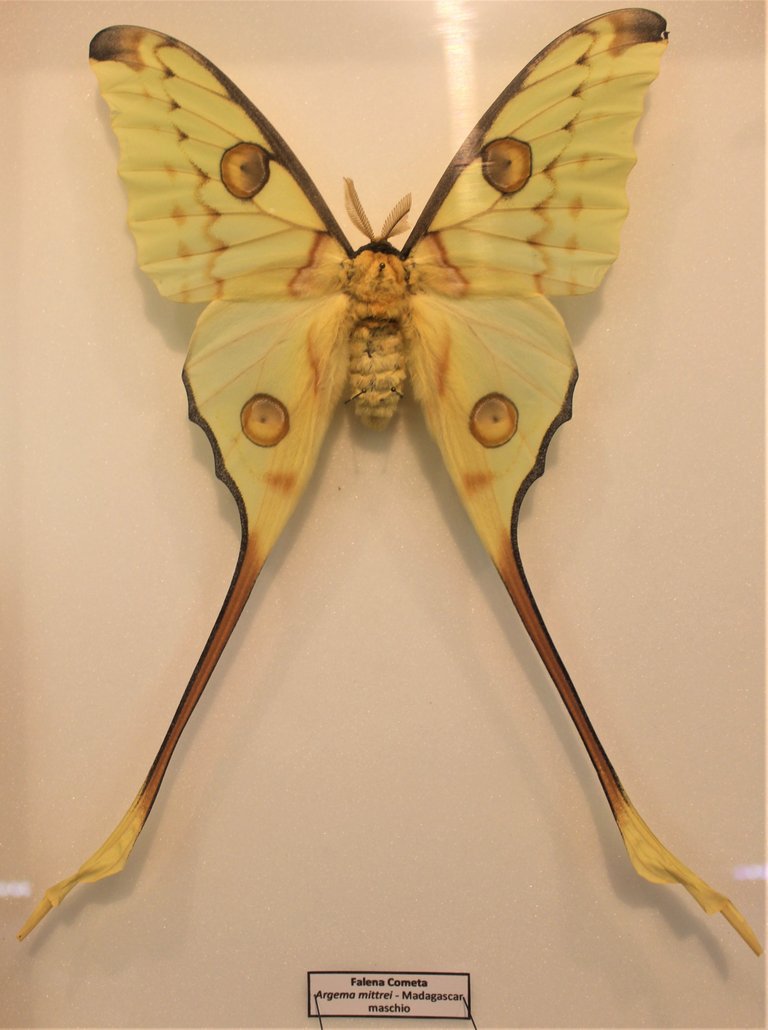
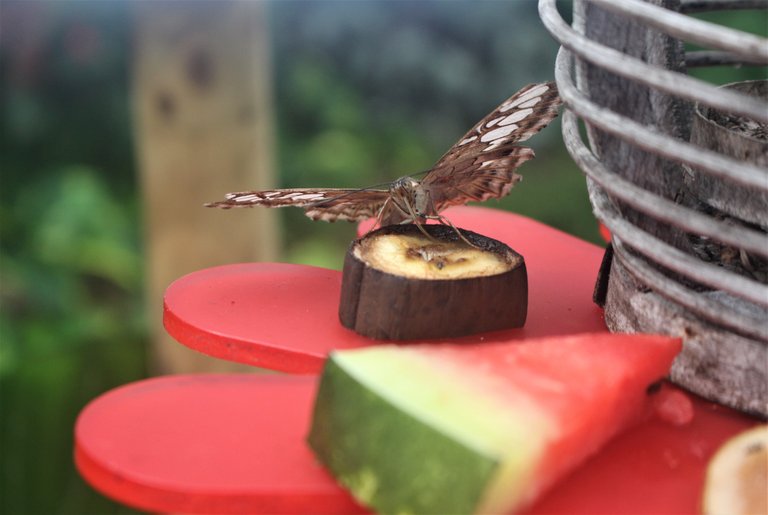
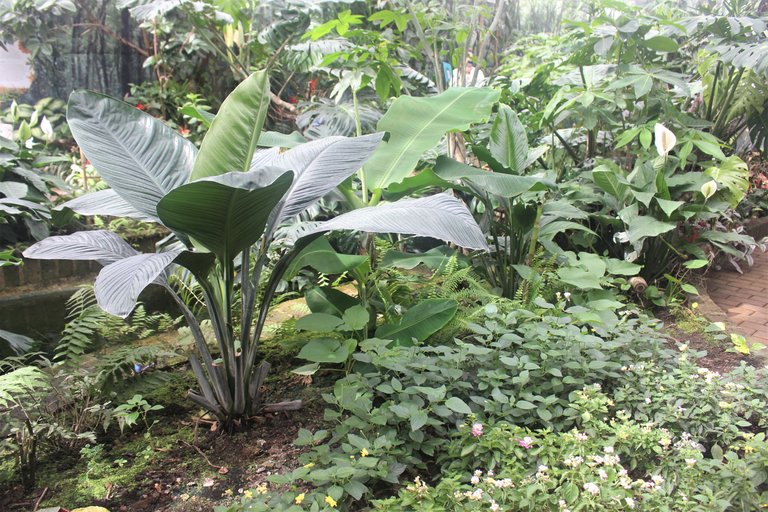
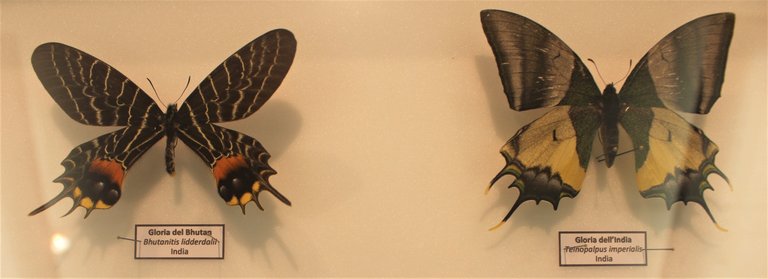
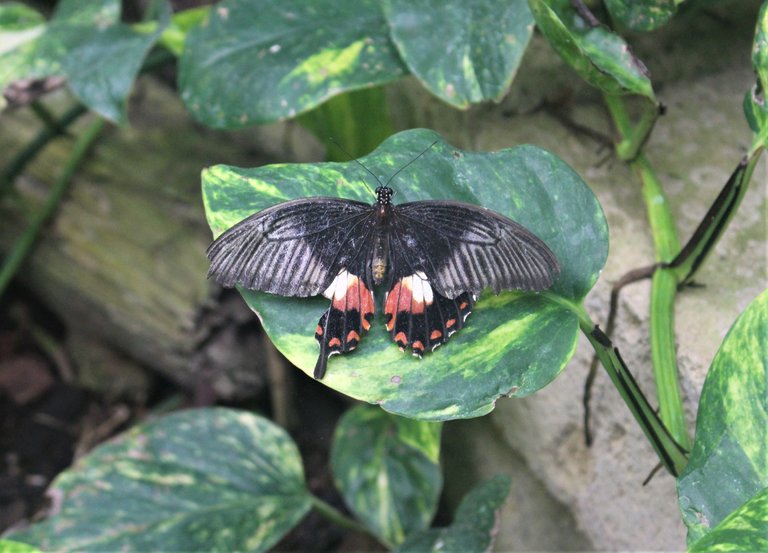
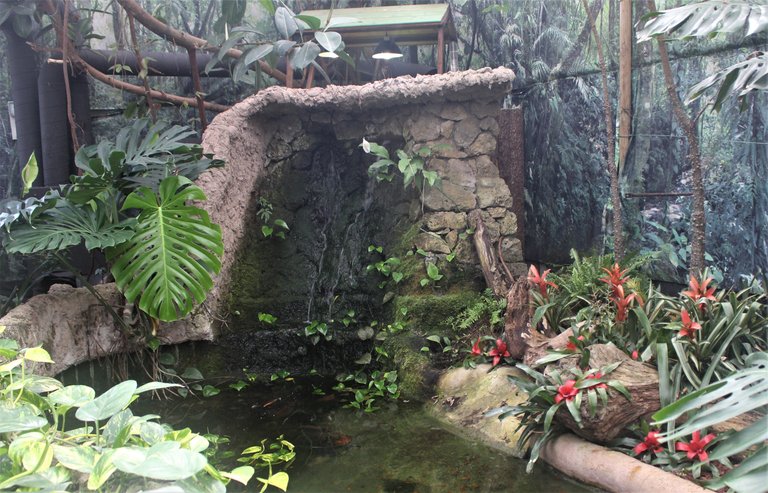

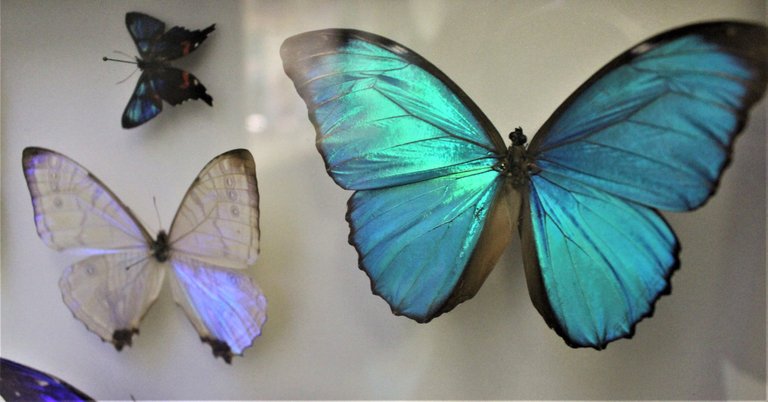
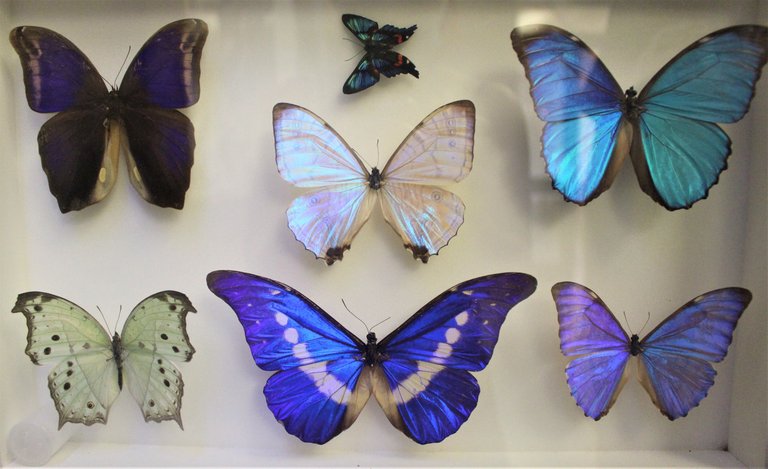

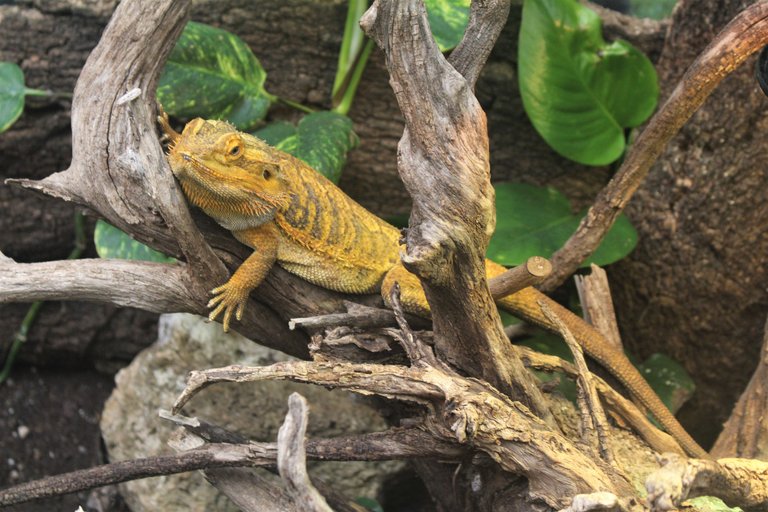
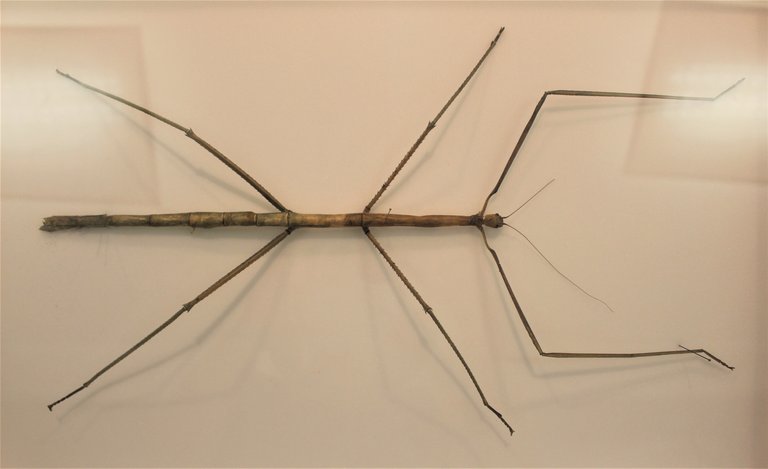

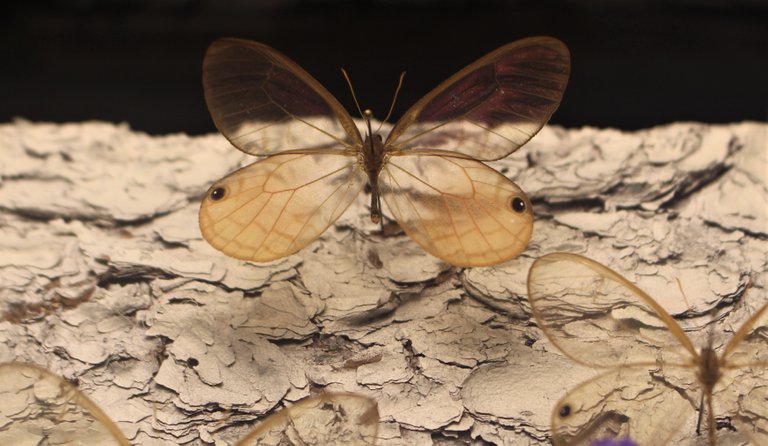

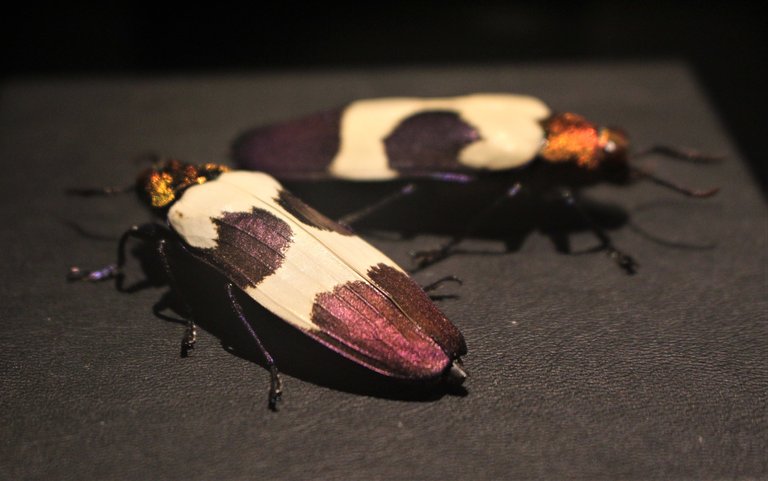

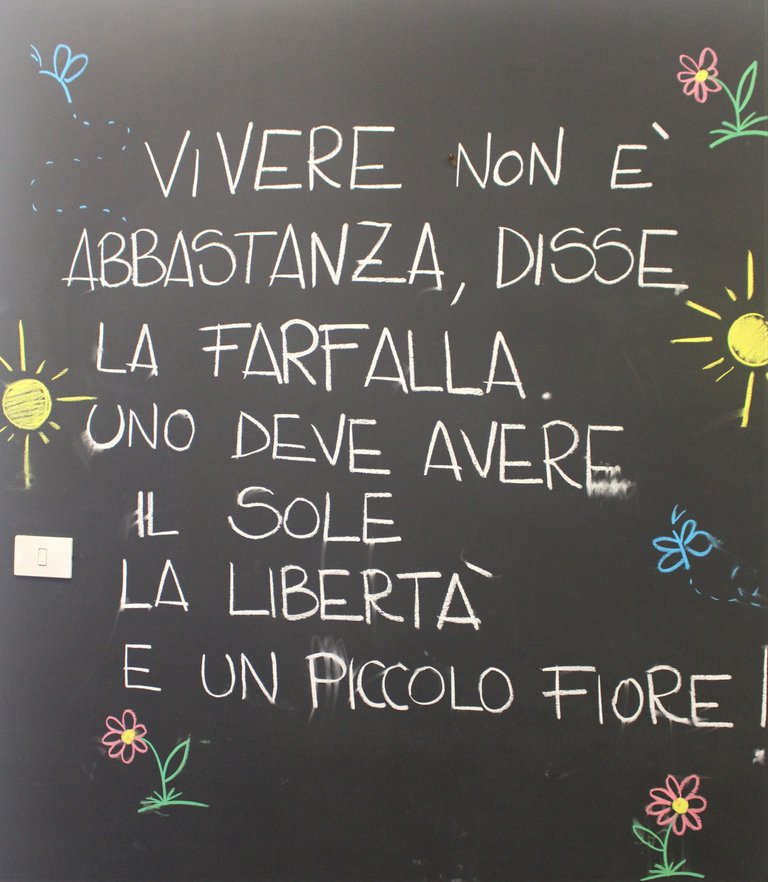

Quando ero bimbo ne ho fatte di corse dietro le farfalle...
come sempre @delilhavores i tuoi post sono fantastici
!BEER
Sono davvero animali meravigliosi! Grazie mille, troppo gentile, ci voleva una birra fresca :)
Wow...it is a great place for the photographers, especially the photographers who love taking macro pictures...There are plenty of butterflies and other insects...By the way great pictures and a narrative writing my friend...
Thank you very much, I really appreciate your support :)
Great information and amazing photos well done @delihavores 🙂
Thank you so much!! :) :)
You are most welcome 🙂
Hiya, @choogirl here, just swinging by to let you know that this post made it into our Top 3 in Daily Travel Digest #968.
Your post has been manually curated by the @pinmapple team. If you like what we're doing, please drop by to check out all the rest of today's great posts and consider supporting other authors like yourself and us so we can keep the project going!
Become part of our travel community:
Wow thank you very much :) this is great!! Thanks for the support
Butterflies are beautiful creatures. It's a shame so many of them are now endangered. It's great to have sanctuaries like this. Indeed magical.
I totally agree, you're absolutely right! :) thanks for the comment, I wish you a nice day :)
Thank you. I wish you same.
Congratulations @delilhavores! You have completed the following achievement on the Hive blockchain and have been rewarded with new badge(s) :
You can view your badges on your board and compare yourself to others in the Ranking
If you no longer want to receive notifications, reply to this comment with the word
STOPI can do it! 🙌
I am sure you can @delilhavores! 🙂👍
This post was shared and voted inside the discord by the curators team of discovery-it
Join our community! hive-193212
Discovery-it is also a Witness, vote for us here
Delegate to us for passive income. Check our 80% fee-back Program
Congratulations, your post has been added to Pinmapple! 🎉🥳🍍
Did you know every user has their own profile map?
And so does every post as well!
Want to have your post on the map too?
You need to stake more BEER (24 staked BEER allows you to call BEER one time per day)